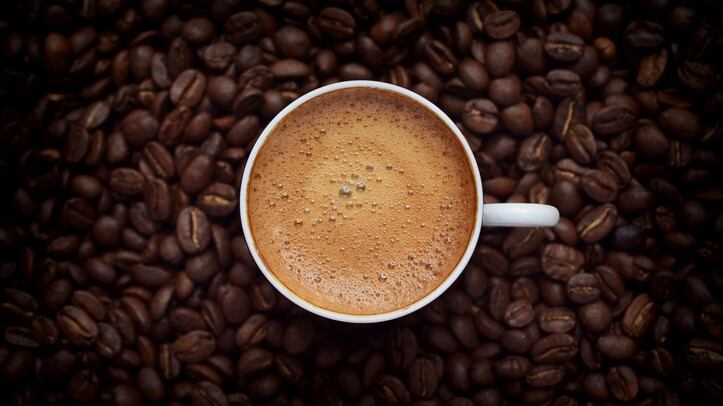Dr Tien Huynh when she had been expecting a more glamorous part of the berry to provide the highest benefits, rather than a waste byproduct that is usually just cast away.
The compounds in coffee have long been reputed to have healing and wellness benefits. Many of these nutrients make their way into the finished brewed coffee, including riboflavin, pantothenic acid, manganese, potassium, magnesium and niacin, but many others remain in the parts of the coffee fruit that are discarded during production.
Pulp over beans
Even though others had suggested compounds in the coffee bean would be well placed to reduce the time it takes for a skin wound to heal, it was actually the pulp that turned out to be more effective.
"We thought the beans would be the best,” Dr Tien, a senior lecturer in biosciences and biotechnology at RMIT University with a particular interest in cosmetics.
“We did a lot of research on the compounds and expected the chlorogenic acid and acetic acid in the beans would reduce inflammation and promote healing the most. But there was little correlation between the numbers we saw compared to the activity.”
Dr Tien’s tests on a monolayer skin culture which was scratched to resemble a wound found remarkable results. Whereas skin naturally heals at a rate of 18% wound closure after 24 hours, the skin treated with an extract of the coffee pulp healed more than twice as fast.
“By the time 48 hours comes along, there’s no wound, while the untreated control is still healing,” Dr Tien said.
Assessing Asian remedies
The research is part of work she has been conducting to assess the plant remedies used in traditional Asian medicine, which she says have a kernel of authenticity but are still scientifically unproven.
These cures have evolved in communities, largely through trial and error, on the basis that they might show some beneficial effects.
“There might not be a lot of science, but there is a bit of truth in a lot of these traditional remedies,” she said. “Where we come in is to follow up and find out specifically where we can improve these remedies and find out why they do certain things so we as consumers can benefit from these amazing plants.”
Likewise, not enough science goes into the formulation of locally made cosmetics in many parts of Asia that use natural botanical ingredients. Often, she says, these are little more than a cream base containing extracts, and factors such as the proportion of these extracts the cosmetics contain are not helpful for their purpose.
“There’s no real data or clinical evidence for what these do, so we really wanted to get some science behind them. A lot of the things I’ve tested that are commercially available are not being processed in a way that maintains bioactivity,” she said.
“We’re not giving credit to the plant, we aren’t doing it justice. Something simple, like storing it in the wrong conditions or subjecting it to light—there’s a lot that needs to be done in the processing so consumers can benefit from the plant. People shouldn’t just be randomly putting things together and hoping the end-product will work.”

